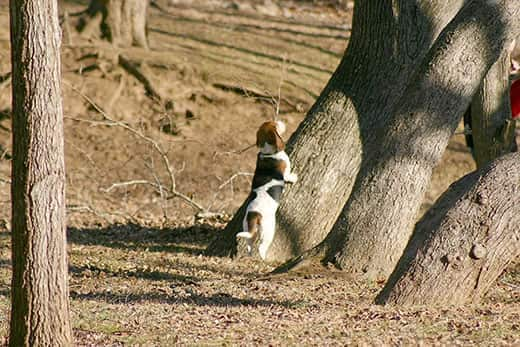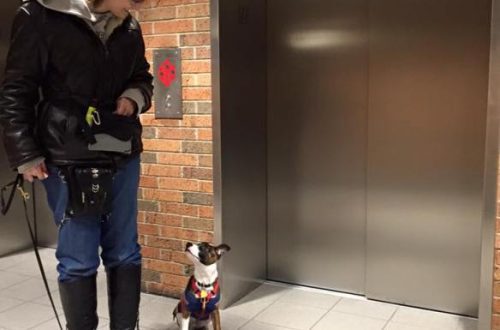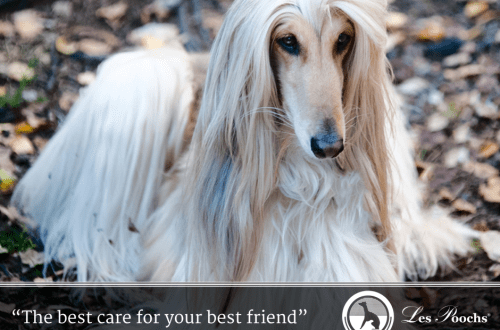
The hunting instinct in a dog: why they run after squirrels
Some owners have to watch again and again how the dog reacts to a squirrel in the park or forest, barely noticing it. And although squirrels may indeed be her favorite animals, in general she doesn’t care: she will chase a hare, a fox, and any other representative of the wild fauna.
This is normal, but one day the dog may get lost, carried away by the chase, or, even worse, be bitten by its victim. How to wean pets from chasing wild animals and how does knowing why they do it help?
Contents
Animal instinct in dogs: why they chase squirrels
Pets may have many different reasons for chasing wild animals such as hares, foxes, chipmunks, but the most common reasons for this behavior are curiosity, a desire to play and predatory instinct.
Curiosity or desire to play
The puppy may be intrigued by these fast moving creatures. He will start chasing to find out what they are up to or join their “game”. This natural curiosity is a wonderful trait, but it’s important to keep a close eye on your pet when you’re outdoors or it could get lost or bitten by a wild predator.
predatory instinct
While some dogs just want to play with squirrels, others see these rodents as their prey. This triggers their predatory instinct. Pets that chase squirrels under the influence of this instinct will try to catch their prey – and eat or just catch her. A dog in which a predator has woken up must be watched very carefully so that it does not run too far and return with prey in its mouth.
On the other hand, if the dog not interested in chasing squirrels or other wild animals, don’t worry. Maybe she just doesn’t find it entertaining enough.
However, if a pet that has always enjoyed chasing prey suddenly loses interest, it is advisable to consult a veterinarian. Any sharp behavioral changes may indicate that something is wrong with the pet.
What breeds are most fond of chasing prey
According to American Kennel Club (AKC), greyhounds of any size, e.g. Afghans and whippets, bred specifically for chasing game. Other breeds in particular shepherd dogs such as Border Collie и german shepherds, are also naturally prone to stalking due to their natural propensity to herd animals.
This does not mean that dogs of other breeds will not want to chase a squirrel. Any dog can show interest in the chase.
Can you teach a dog to chase animals?
The American Kennel Club explains that “the desire to chase is inherent in many dogs, and they get a lot of bang for their buck. However, some dogs enjoy chasing moving objects so much that it can be very difficult to wean them from this.”
This does not mean that there is no hope, training can help to wean a pet from chasing any moving objects. It is best to do this when the dog is still a puppy, but it is possible to do it at a more mature age, although it will be a little more difficult.
The main aspects of outdoor training that will help your dog learn to obey and control his impulses are leash training and motivating your pet with toys and treats.
Dog training can be tricky. The fact is that they are trying to teach her to ignore the instincts inscribed in her DNA. However, by redirecting the innate drive to more productive activities, you can help your dog fulfill the desire to chase in a safer way.
How to keep a dog that loves to chase rodents safe
- Always keep your dog on a leash when walking in public. If the pet has an independent disposition, you need to have a short leash so that it does not have the opportunity to start a run and get injured or knock the owner down.
- Use a harness to secure the leash. Harnesses are great because they don’t put pressure on your dog’s neck and throat when he pulls on the leash. The harness wraps around most of the pet’s body, giving the owner more control to switch her attention.
- Eliminate the possibility of escape. Keeping squirrels and other small rodents out of your backyard won’t work, but if your dog is out in the yard alone, it’s important to make sure there are no holes in the fence that he can crawl through and low places that he can easily jump over.
- Be vigilant. Usually small animals are not inclined to fend off their pursuers, but when they feel threatened, they can react. It is worth paying special attention to the behavior of the dog after a walk. It is important to quickly identify any signs that may indicate that the pet has been bitten. If you find any bite marks, scratches or other signs of attack, you should immediately call your veterinarian.
If you provide the dog with proper security, not allowing him to run far during the pursuit and properly training, you will not have to worry about his instinctive behavior. Moreover, it is absolutely normal for a dog.





